Gallipoli, the famous battle explained
- Published
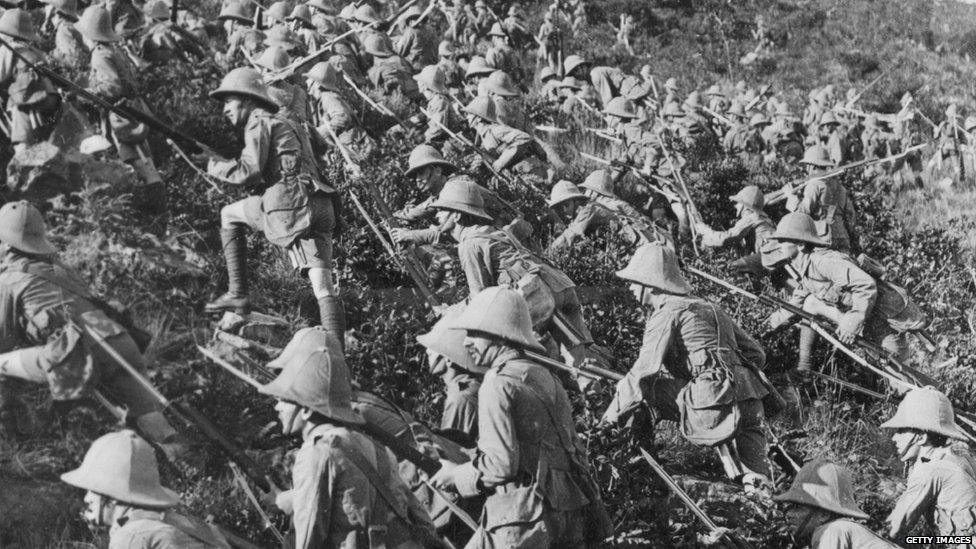
A century ago hundreds of thousands of troops were killed and wounded as they fought for a tiny patch of land.
On Friday Prince Harry and Prince Charles joined a ceremony in Turkey to mark 100 years since the start of the Gallipoli campaign, one of the most famous battles of World War One.
Lasting eight months it pitted British, French, Indian, New Zealand, Australian and Canadian forces against the Ottoman Empire, or the Turkish Empire. The allies were eventually forced to withdraw.
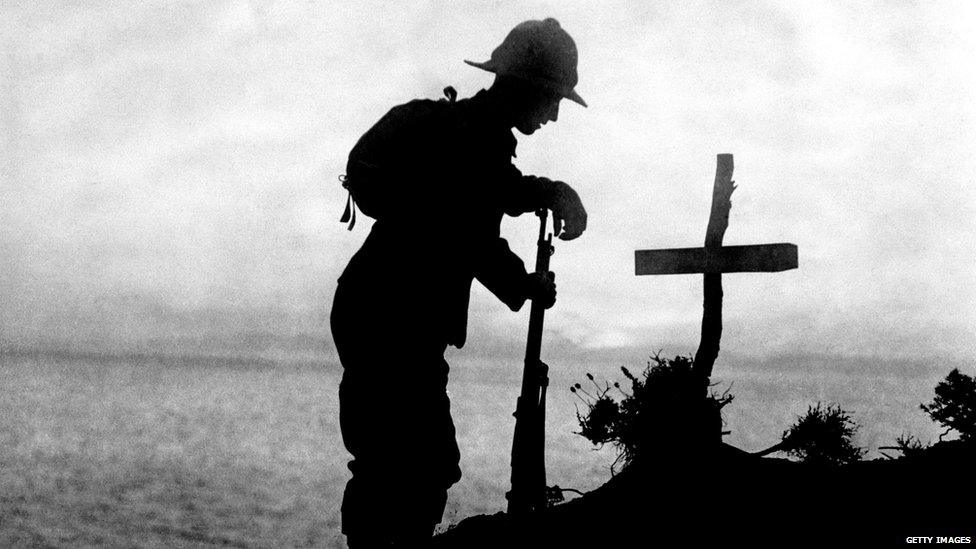
Gallipoli, like the battles of the Western Front which ground on for four years, was supposed to be a decisive phase of combat.
After the Ottoman Empire sided with Germany, it was decided the empire should be knocked out of the war.
The plan was simple - sail a huge fleet up the narrow Dardanelles, a patch of water linking the Mediterranean up to Istanbul.
By capturing the Ottoman capital, the empire would be badly weakened, and perhaps even have to surrender.
The plan failed miserably. The fleet, was huge but badly outdated. Many of the ships were damaged or sunk by Ottoman cannons and mines, forcing them to retreat.
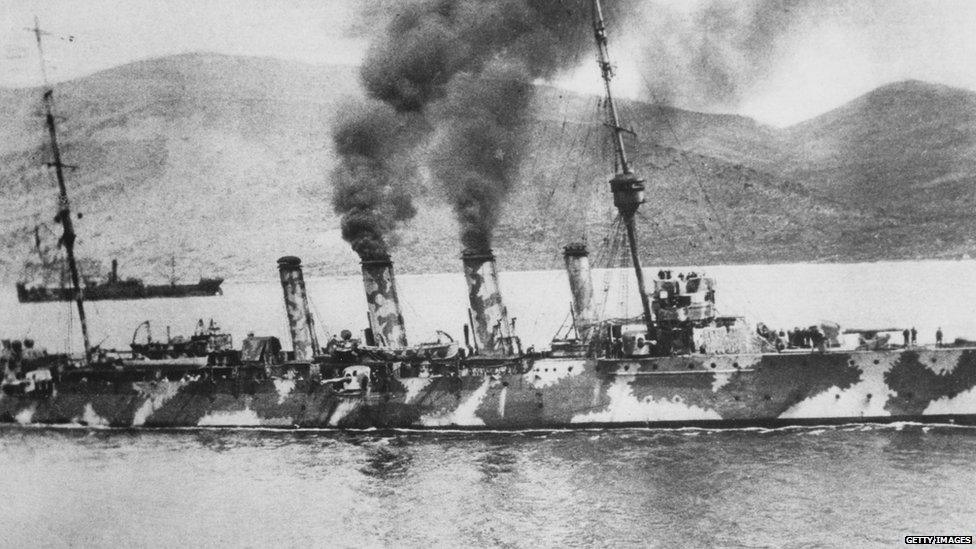
The allies made plans to invade by land instead - to capture the area and ensure the fleet could safely pass.
For the troops of New Zealand and Australia (the Anzac), it was to be their first battle.
The landings were a disaster. Thousands were killed on the first day and the front lines never moved more than a few hundred metres from the beach in eight months of fighting, attacks, fresh landings and counter attacks.
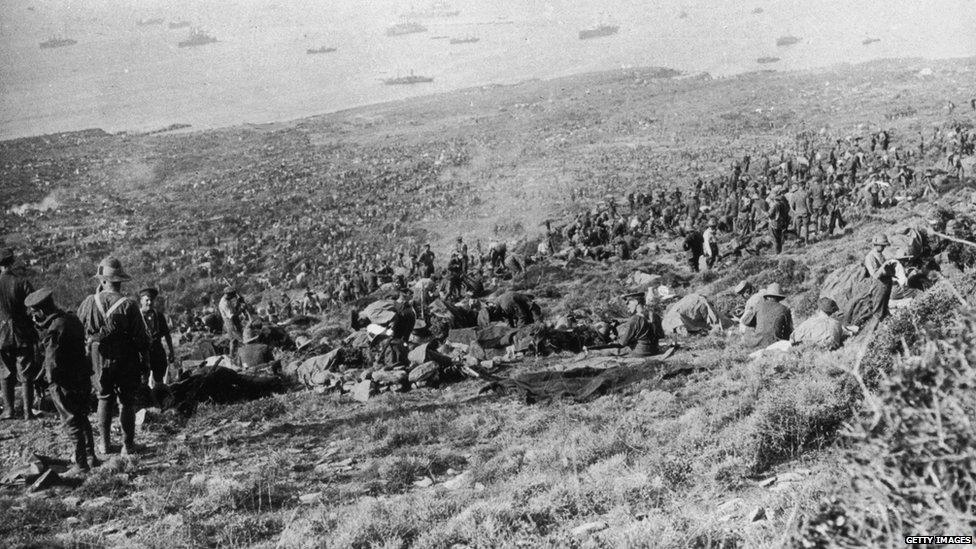
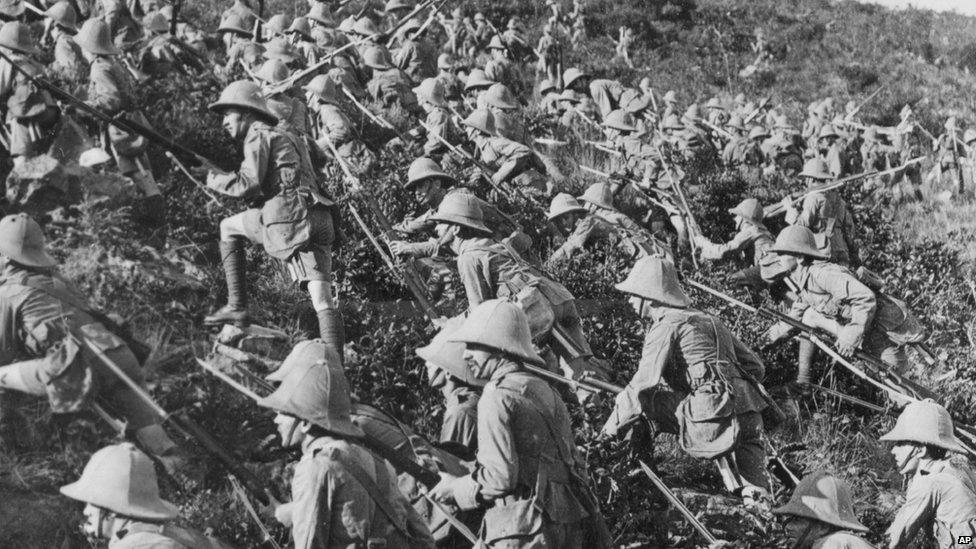
Conditions in the trenches were appalling. Constant shelling and snipers meant bodies piled up in no man's land, making the area a breeding ground for flies and disease.
The cramped front line meant there was no room for proper latrines, and water was scarce making the soldier's health problems even worse.
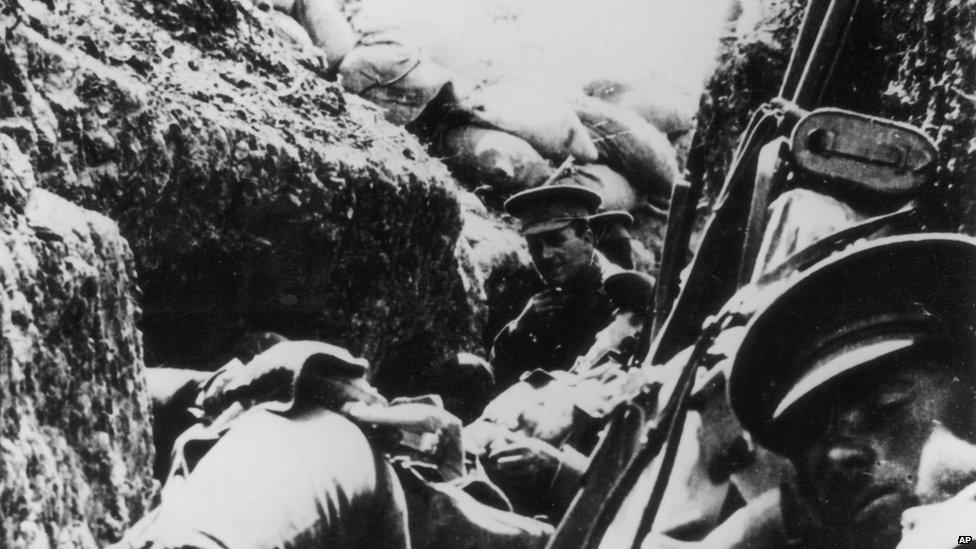
Amid the horrendous conditions, a strange bond grew between the enemies. In breaks in the shelling they would occasionally meet and exchange gifts, and there are stories of certain soldiers being allowed to hang out washing on the barbed wire without getting shot.

The allies were eventually forced to retreat in January 1916.
More than 100,000 troops were killed and hundreds of thousands more were wounded. But victory came at a terrible cost.
The allies turned their attention to invading the Middle East, taking control of modern day Iraq, Israel, Palestine and Syria.
As well as parades and ceremonies in Turkey to mark the fallen, 25 April is Anzac Day, a major public holiday in both Australia and New Zealand.
The countries had only been independent a few years before the outbreak of World War One, and Gallipoli was their first major contribution to world affairs.

Follow @BBCNewsbeat, external on Twitter, BBCNewsbeat, external on Instagram, Radio1Newsbeat, external on YouTube and you can now follow BBC_Newsbeat on Snapchat